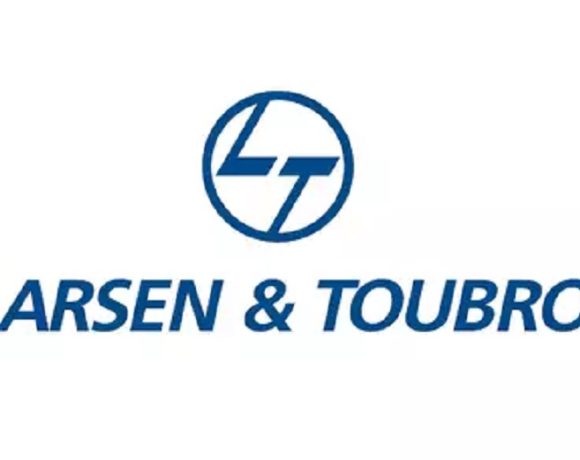
India–UK Free Trade Agreement Set for Signing by Late July
India and the United Kingdom are on track to formalize their Free Trade Agreement (FTA) by late July, following successful conclusion of negotiations in early May. Both governments are now in the final phase of legal review, known as “scrubbing,” and senior officials are optimistic about completing the process ahead of schedule.
Tariff Reductions and Trade Expansion
The agreement aims to significantly boost bilateral trade—potentially doubling it to $120 billion by 2030—through phased tariff reductions across key sectors. Indian exports such as textiles, leather, gems, and footwear will gain improved market access in the UK. At the same time, UK industries including automotive, whisky, medical devices, and electrical machinery are expected to benefit from lower Indian tariffs. For instance, duties on British whisky and gin will be reduced from around 150% to 40% over a transitional period, while car import duties will drop from over 100% to 10%.
Legal “Scrubbing” and Timeline
India’s commerce secretary, Sunil Barthwal, and Additional Secretary L. Satya Srinivas are stationed in London, working with UK counterparts to finalize the text. This stage involves meticulous review of technical clauses to ensure enforceability and clarity. Once this legal cleansing is complete, both sides will publicly release the text and begin national ratification: the UK Parliament and India’s Cabinet will need to provide formal approval. The anticipated timeline suggests ratification and implementation could occur by mid‑2026, around 12–15 months after the signing.
Strategic & Economic Significance
This FTA represents the UK’s largest standalone deal since Brexit and marks India’s second major European trade agreement. Beyond goods, the pact includes provisions for short-term professional mobility—supporting artists, chefs, yoga instructors—and enhanced frameworks for services and investment cooperation. The agreement is expected to fortify India–UK ties across multiple domains, including trade, investment, education, and technology, and to act as a template for future agreements with the EU and other partners.


















